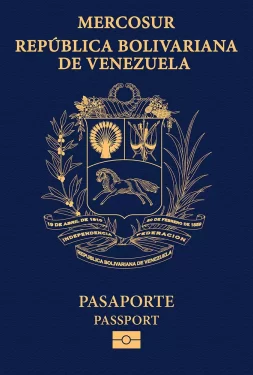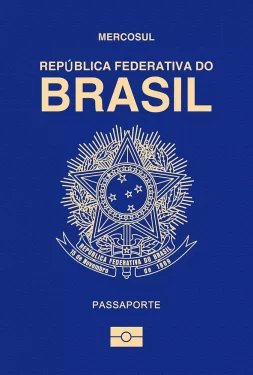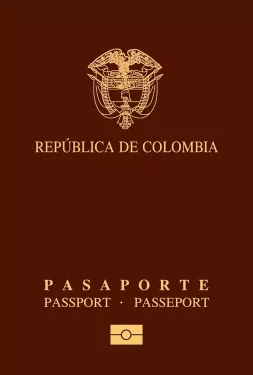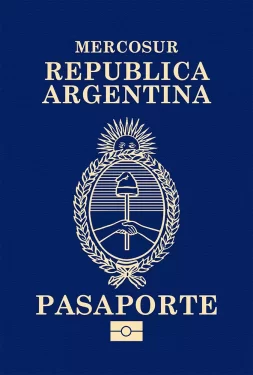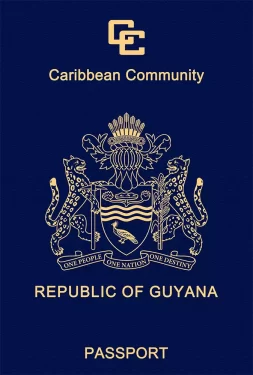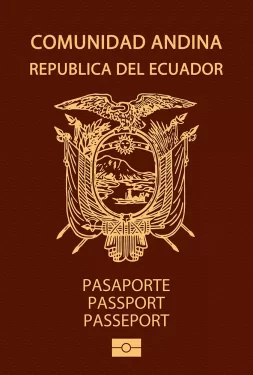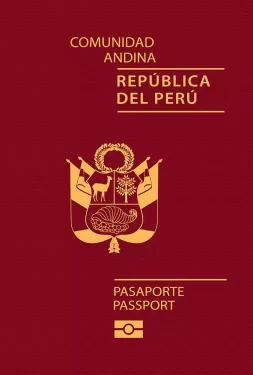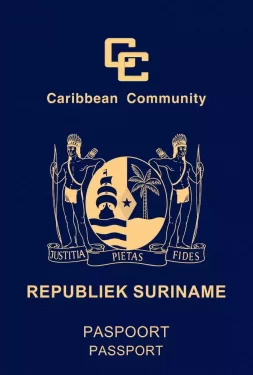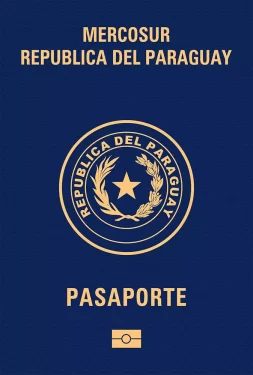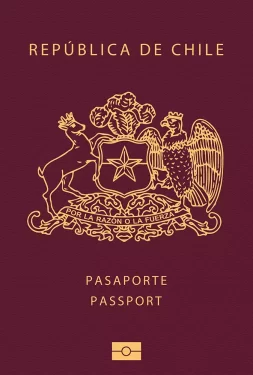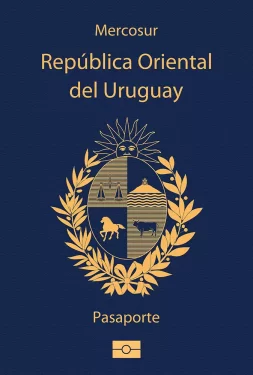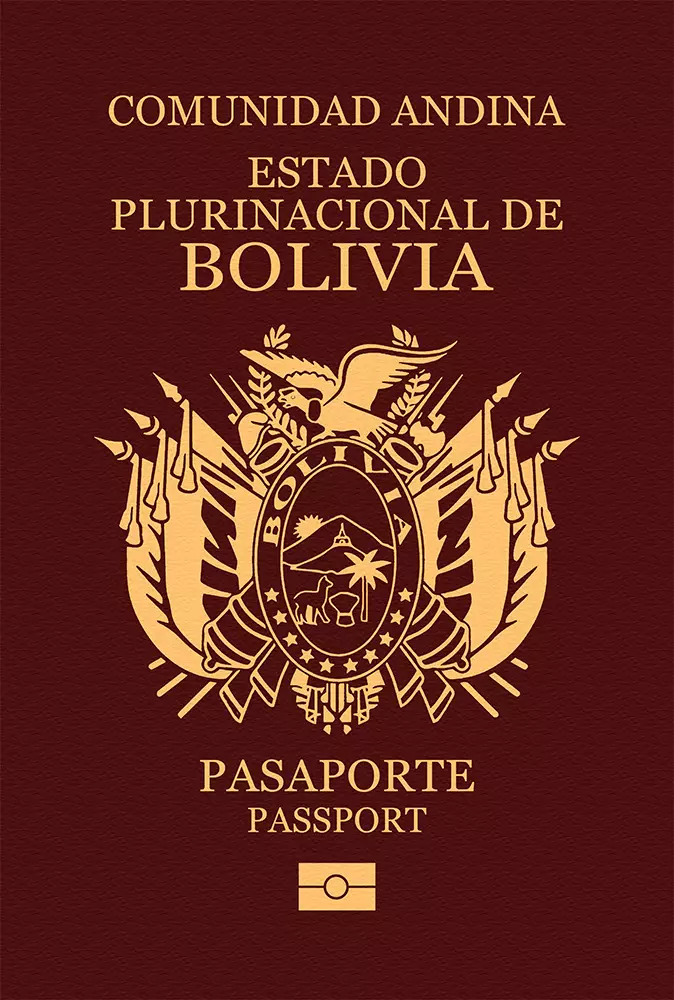
Bolivia
Bolivia passport ranking
The Bolivian passport is currently ranked 66th place on the Guide Passport Index. It provides visa-free access to 77 countries. Bolivian passport holders have visa-free and visas on arrival access to countries such as Philippines, Singapore, Sri Lanka, Ireland, Russia and Turkey. Bolivian passport holders do however require a visa to enter about 152 destinations in the world including the European Union and USA. The passport mobility score is considered low.
Bolivia Passport Ranking
The Bolivia passport ranking relative to other global passports is calculated by adding up the number of countries that allow Bolivia passport holders to enter without a visa (i.e. visa-free countries) and those that allow Bolivia passport holders to enter by obtaining a visa on arrival (i.e. visa-on-arrival countries) or electronic travel authorization (eTA). There are currently a total of 42 Bolivia passport visa-free countries, 33 Bolivia visa-on-arrival countries, and 2 eTA destinations.
Altogether, Bolivia passport holders can enter a total of 77 destinations—either without a visa, through a visa on arrival, or via an eTA. As a result, the Bolivia passport ranks 66 in the world.
Separate from these Bolivia visa-free countries and visa-on-arrival countries, there are 152 additional destinations in which Bolivia passport holders either need a physical visa to enter or an eVisa (i.e. visa required countries).
About Bolivia
The landlocked Plurinational State of Bolivia consists of nine departments and is located in South America bordering neighboring countries Brazil, Peru, Paraguay, Chile, and Argentina. The most important provinces are Santa Cruz, La Paz, and Cochabamba. Bolivia has a surface area of 1.1 million square kilometers and is therefore the 5th largest country in South America. The country has a broad span of altitudes throughout its geography, so its climate varies between tropical, cold, and semiarid.
The overall population is 10 million people. The capital of the country is La Paz, which is also the highest capital in the world at 3,640 meters. The most populous city is however Santa Cruz, followed by El Alto and then La Paz. The largest airport is Viru Viru International Airport (VVI) with 2,4 million yearly passengers followed by El Alto International Airport (LPB) with 1.8 million annual passengers. LPB airport is one of the highest-altitude airports in the world.
Bolivia’s culture is dominated by a mix of languages and cultures, with the Roman Catholic religion as the main religion. The official languages in the country are Spanish, Quechua, Aymara, and Guarani. The legal system is based on Roman, Spanish, and French civil law. The government type is a presidential republic. The chief of state and at the same time head of government is President Jeanine Luis Arce.
The official currency of the country is the Bolivian Boliviano (BOB) with the current exchange rate being BOB 6.9 to the USD. The country has an open economy, generating a GDP of approximately $43.4 billion, making it the 13th largest economy in South America. Its citizens have a per capita income of $3,631. The GDP is mostly made up of 3 key sectors, which are services, industry, and agriculture. Its main goods of exports are natural gas, petroleum, silver, zinc, gold, quinoa, soybeans, and soy products.
Bolivia is filled with a variety of urban and natural tourism destinations and attractions. It is known for its six UNESCO World Heritage sites and its many historic places. Some of the major destinations include Lake Titicaca, the Andes, Potosi, Sucre, Madidi National Park, Tiwanaku, and Fort Samaipata. Furthermore, due to the high altitude of some parts of the country, there are many Guinness World Record sites such as the highest ski slope in the world. The nation has a total of 1.2 million tourists visiting every year with the majority originating from the neighboring countries, the United States and Europe.
